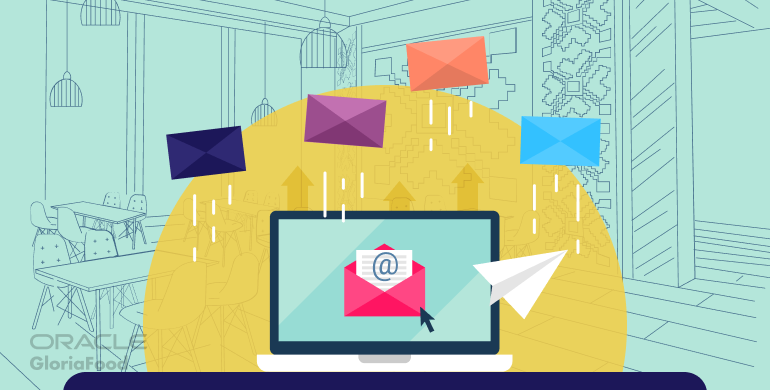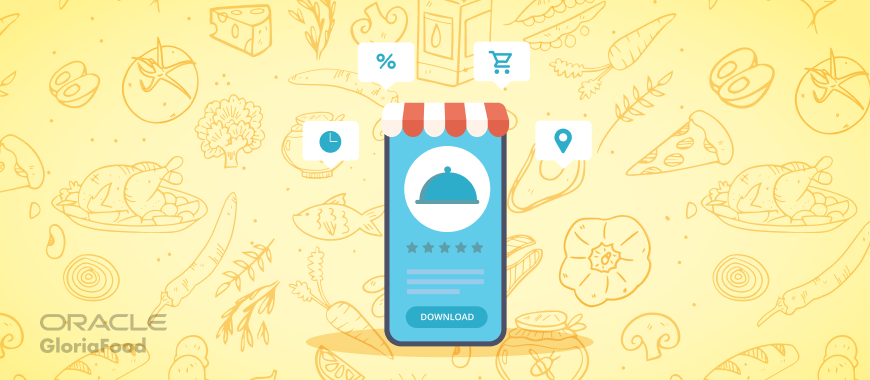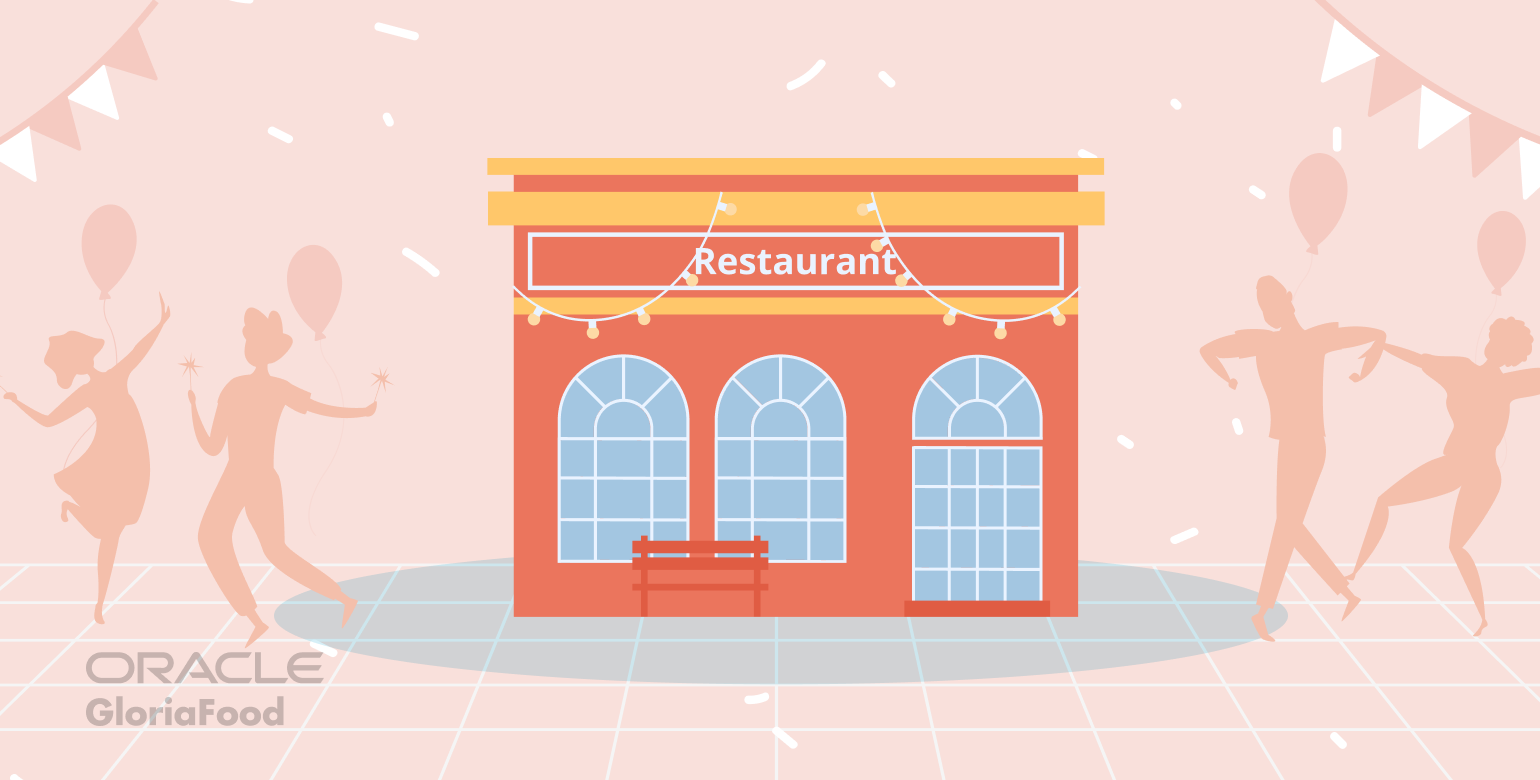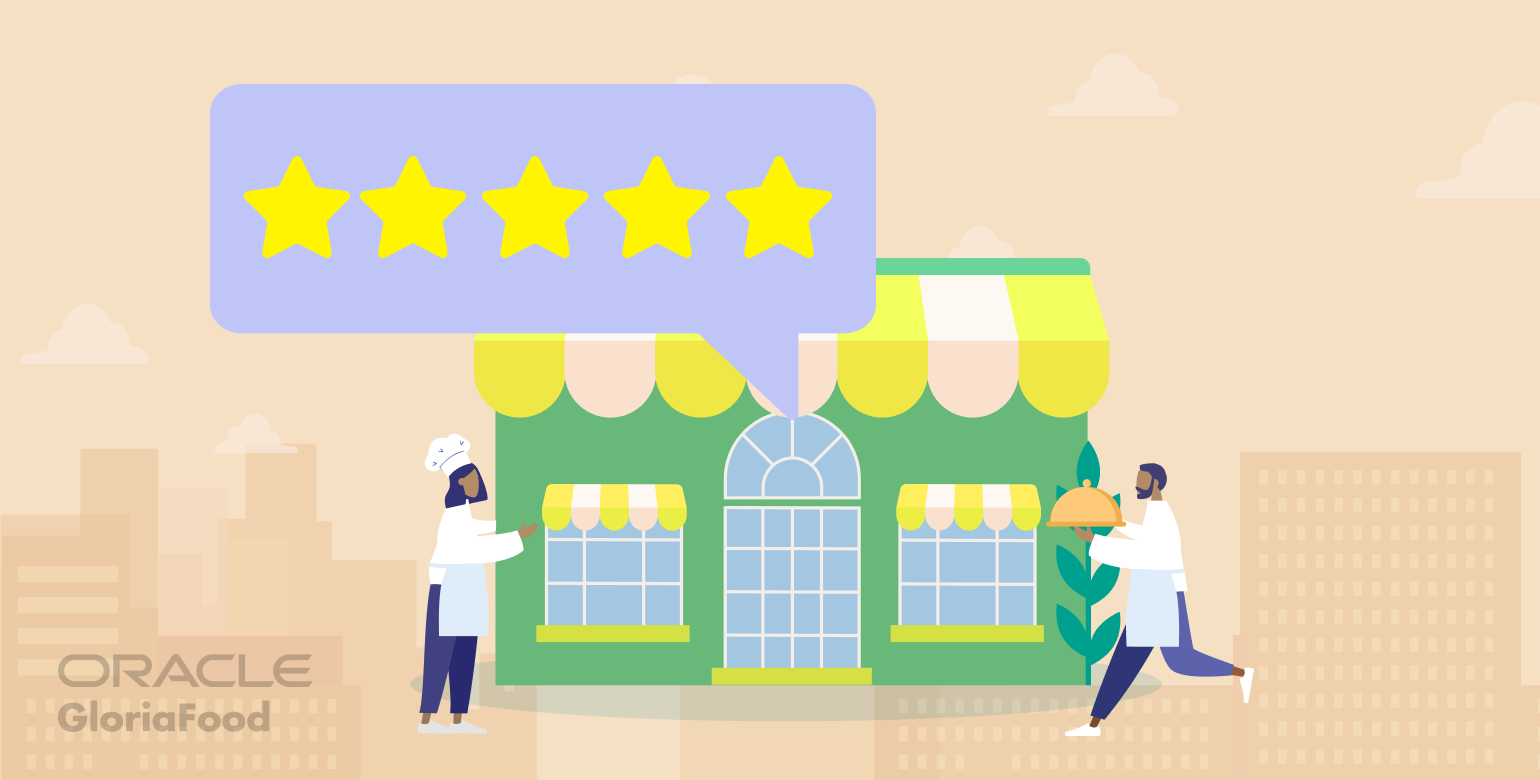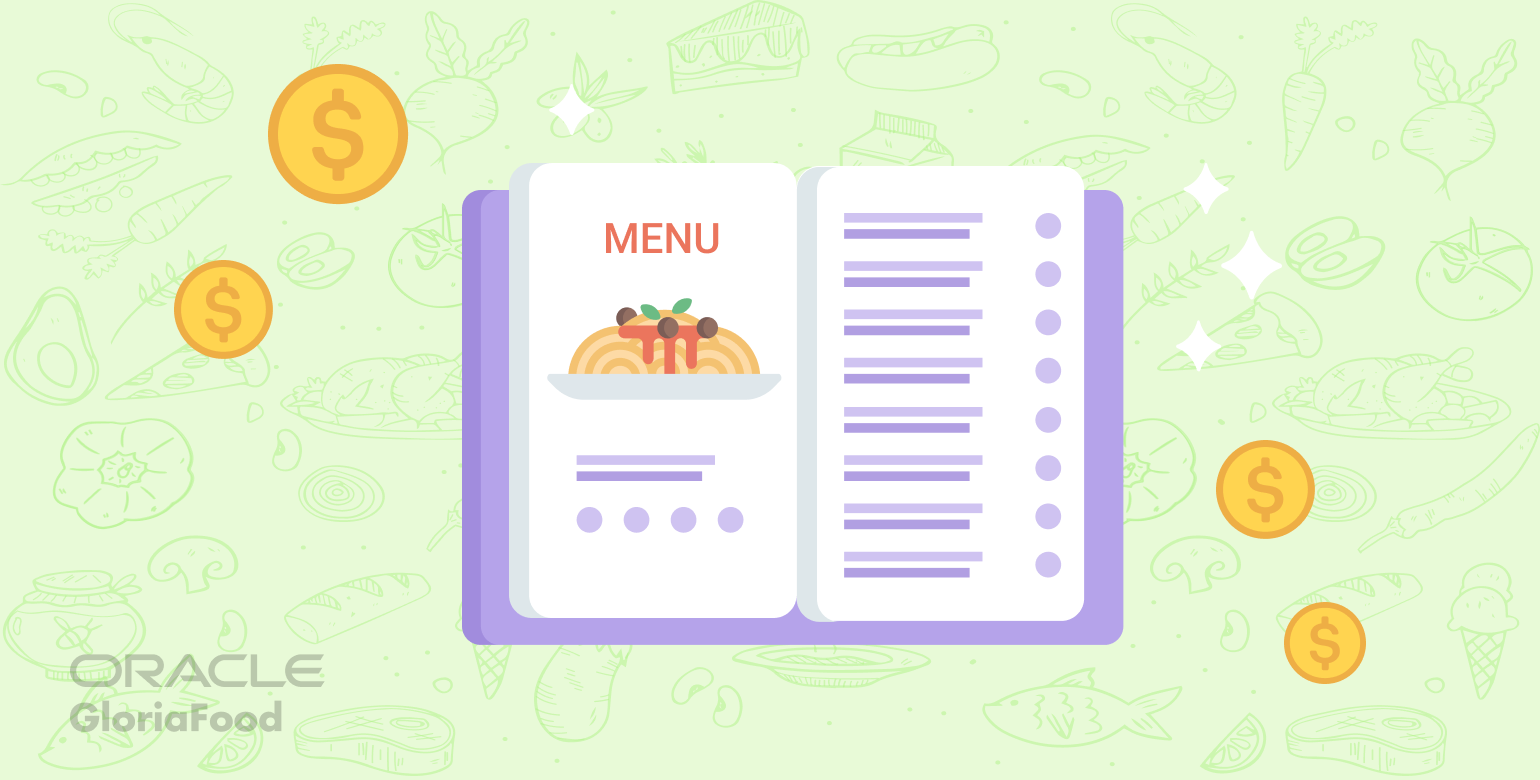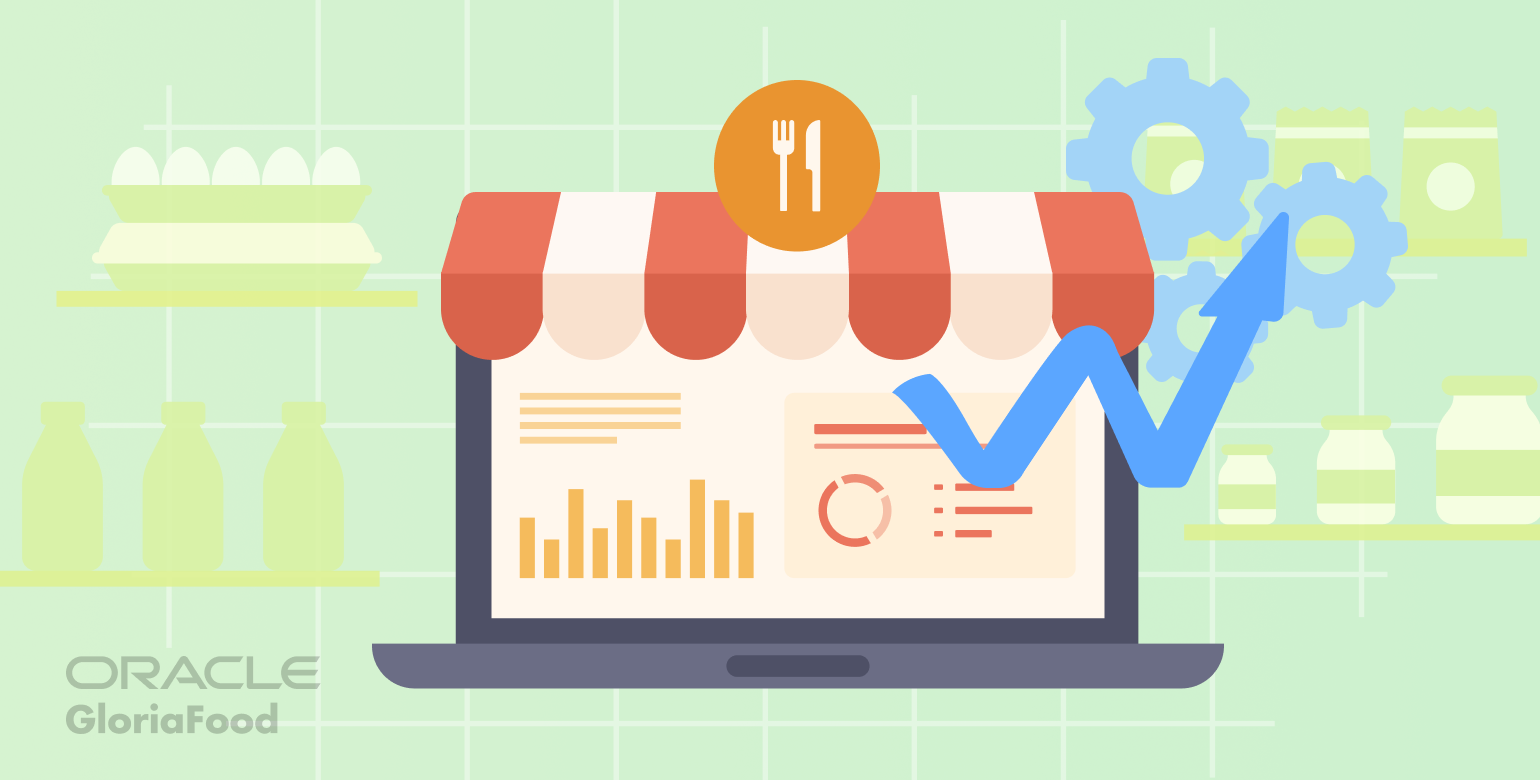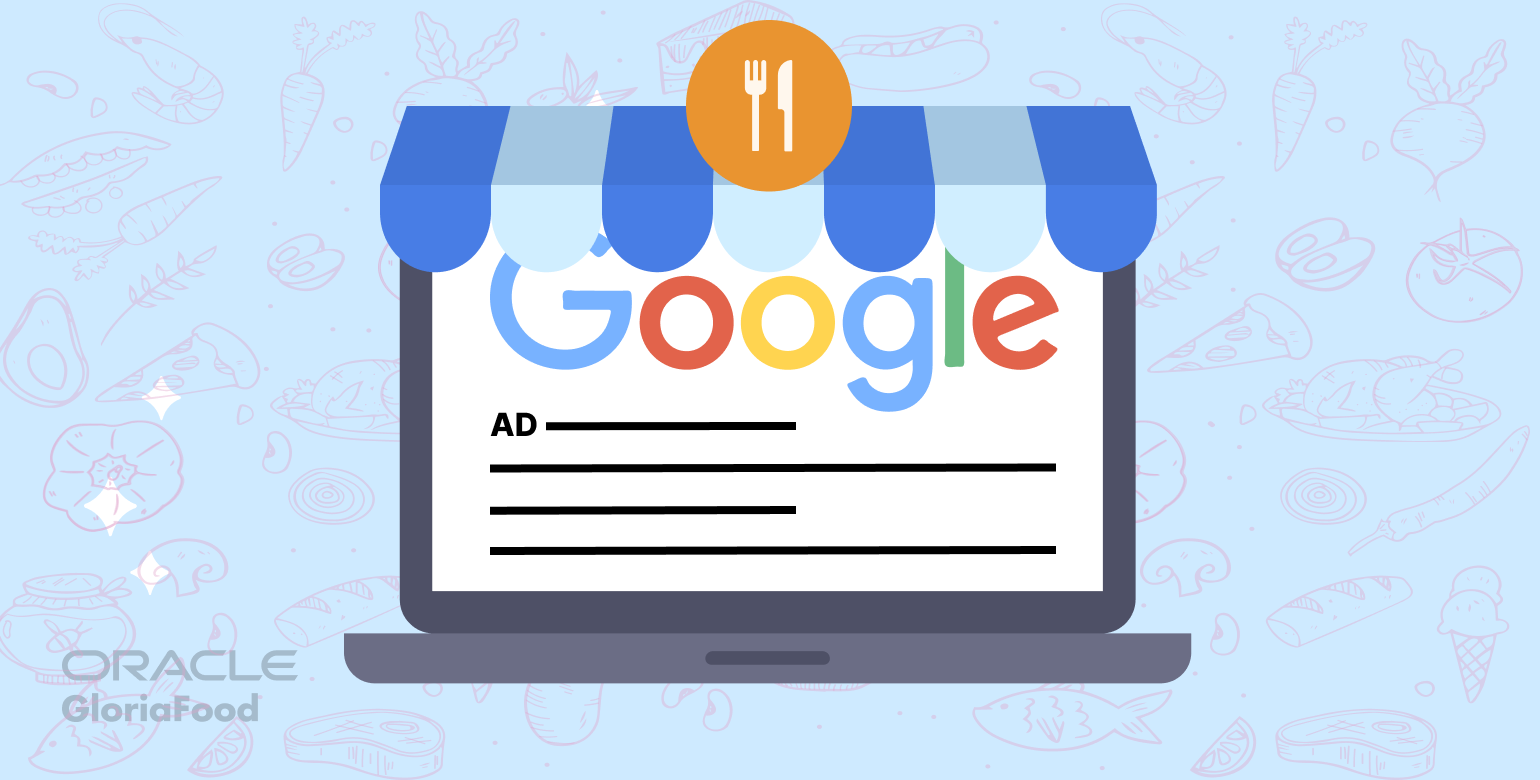Owning a restaurant is no easy feat in this competitive industry. If you want to stand out from your competitors and attract more new and returning customers, you must focus on finding the best marketing techniques.
Did you know 42% of customers aged between 18 and 29 turn to email to get restaurant updates? If you want to always be present in your customers’ minds, you need to implement some efficient email marketing ideas for restaurants.
In this article, you will find out why email marketing for restaurants is important and how to start sending out campaigns in no time:
Why you should start implementing email marketing ideas for restaurants
There is a reason email marketing ideas for restaurants are such a hot topic. Because it works. It’s a technique that has been around for years and it is continuously proving its efficiency in the food industry.
Here are the benefits you can expect if you use email marketing for your restaurant:
- It has a high return on investment: the market standard is that for every $1 invested, you can expect an average return of $42. Therefore, ensure you add the investment to your marketing budget, so you don’t miss out on business;
- It gives you an edge over the competition: only 26% of businesses regularly use email marketing. It’s their loss and your gain in getting more repeat customers;
- It helps you reach a big audience: 4.6 billion people are projected to use email by 2025, so it stands to reason most of your clients can be reached via email marketing;
- It has a high conversion rate: 55% of diners open restaurant emails for coupons and promotions. Don’t miss your chance to convince people to order from your business again!
How to build a restaurant email list
In order for your email marketing ideas for restaurants to work, you need a database of client emails who are willing to receive notifications from you.
Our online ordering system already does some of the job for you because it can store your willing clients’ data. But if you want to also add contact data for the people who visited your restaurant on top of the customers who ordered, here is what you can do:
- Condition log-in to your Wi-Fi by email entry;
- Put table tents with QR codes, encouraging patrons to subscribe;
- Organize contests on social media for which clients can participate with their email.
3 restaurant email marketing templates that will help you sell more
In a world where 60% of US consumers order delivery or takeout once a week, you can’t afford not to allow clients to order your food online. Skip over the time-consuming and error-prone way of taking orders by phone, and take advantage of the newest technology.
The online ordering system from GloriaFood will help you streamline your ordering process, so you can increase your revenue by accepting online orders. Do you want to know the best part? Not only is it extremely easy to use, but it is also free!
The system also has a powerful marketing engine integrated that will help you make your mark online today. For example, the Autopilot module helps you set up the best restaurant email marketing campaigns in no time.
Online ordering system with built-in email marketing campaigns
Send targeted emails to customers to convince them to order again
We’ll show you how easy it is. Go to admin -> Autopilot Selling -> Autopilot -> Overview to activate the feature. Click on Yes and set up your billing details as this is a paid feature of our online ordering system. Don’t worry, you will only pay if you see results!
Get more repeat customers with the Autopilot module from GloriaFood
Discover the power of efficient email marketing
Autopilot always segments clients according to their purchasing history to deliver them the most relevant campaigns, increasing your chances for success.
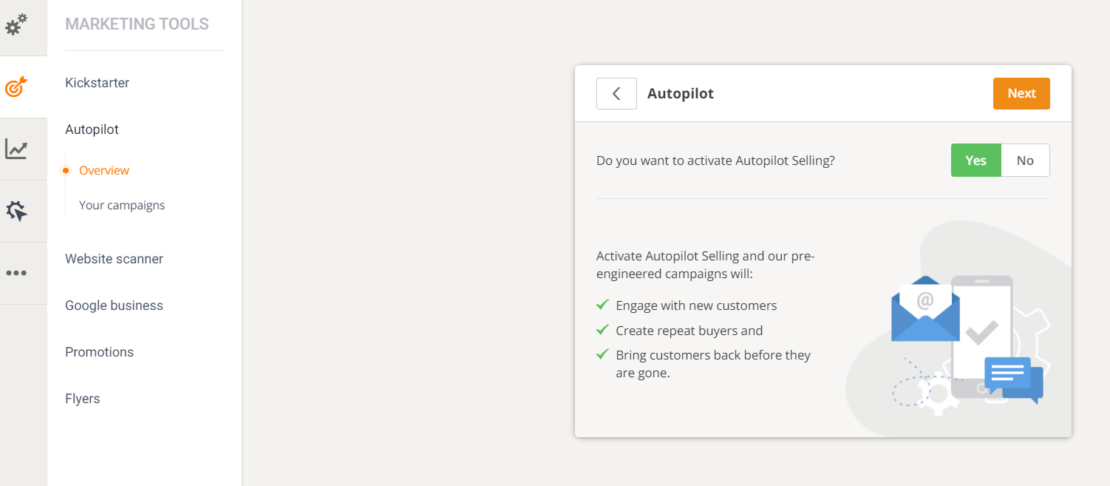
Then click on the next section, “Your campaigns” to set up one of the three efficient campaigns, depending on what your needs are at the moment.
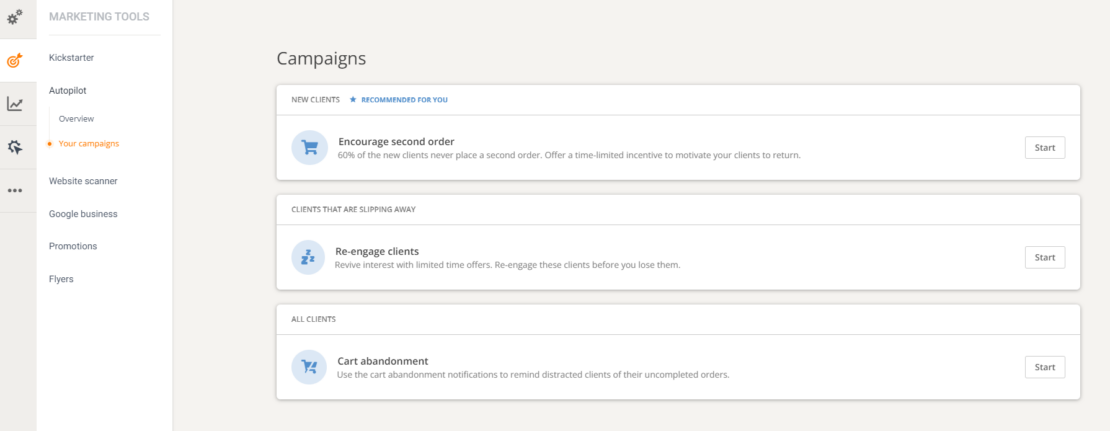
1. Encourage second order
Attracting new clients should be a marketing goal for every restaurant owner, but so should getting repeat customers. After all, there are a limited number of people in your area, so the key to your success is to convince people to order again and become loyal clients.
Did you know increasing the customer retention rate by 5% can increase your profit rates by 25% to 95%?
An easy way to convince people to order again is to offer clients a small incentive for their next order, such as 15% off the total.
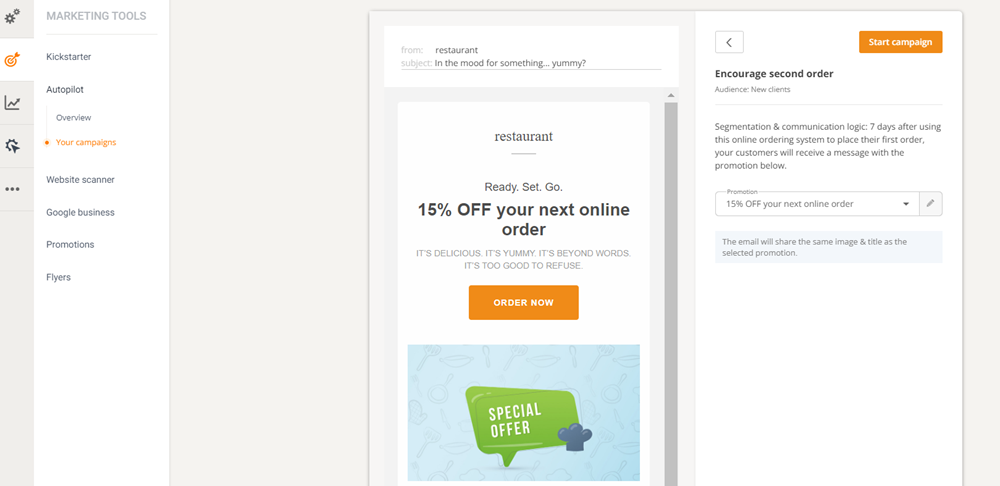
2. Re-engage clients
A client may have enjoyed the food and the process of ordering from your place, but, leading a busy life may have led to them forgetting about the experience.
Returning customers account for between 83% to 90% of all restaurant orders, so it is very important to maintain clients’ loyalty if you want a big profit.
Why not remind them how delicious your menu items are by sending them a time-sensitive offer? There is nothing like a little FOMO (fear of missing out) to get people excited to order again.
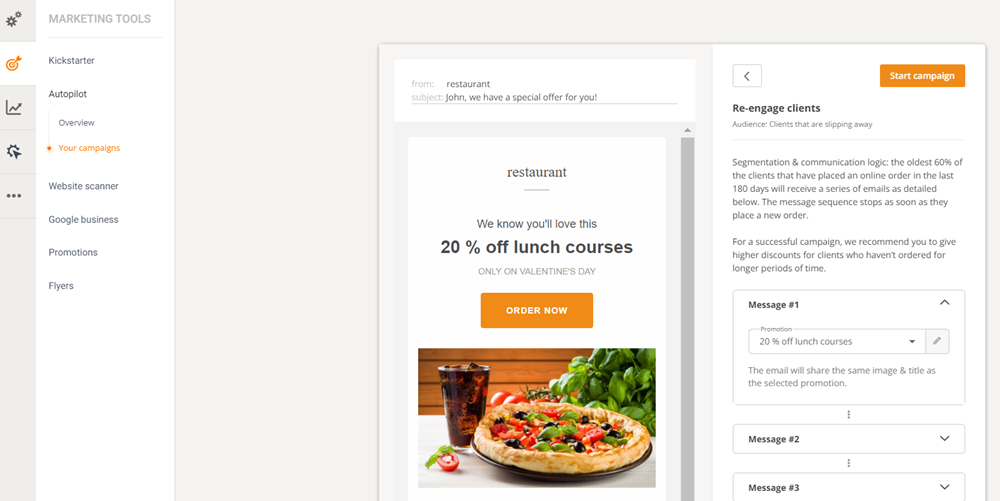
3. Cart abandonment
There are many reasons for which a client could have abandoned their cart: they got a phone call, somebody else needed help or they decided on another type of cuisine for the night, etc.
For example, in the UK, in the second quarter of 2023, approximately 85% of orders on mobile devices were not completed.
No matter the reason, don’t let people leave! Send them an email reminding them of their cart to encourage them to take the final step and order.
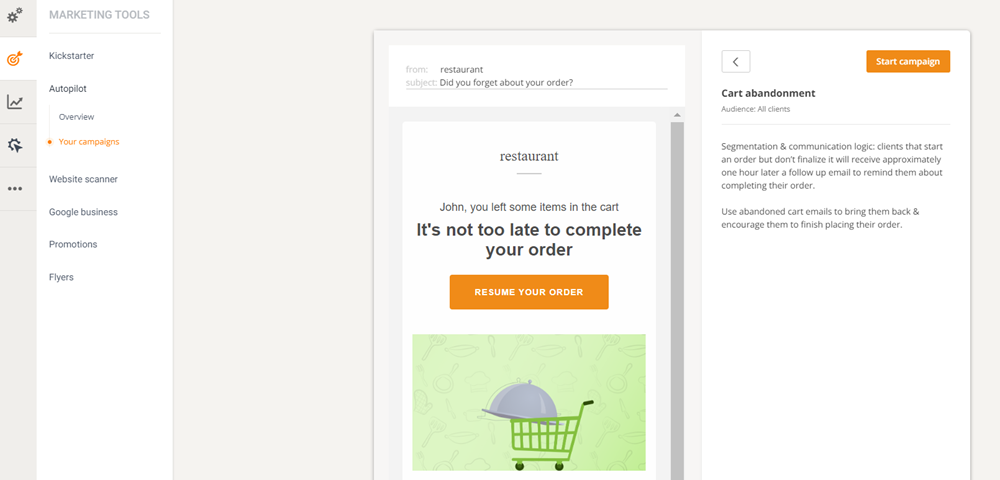
Final words
No need to search further for email marketing ideas for restaurants. The Autopilot module from GloriaFood has got you covered.
Not only is it extremely easy to use by providing templates, but it also uses convincing messages and offers to convince people to order again and combat cart abandonment.
